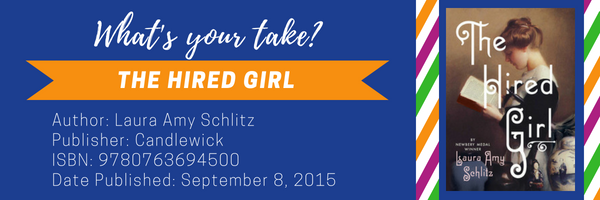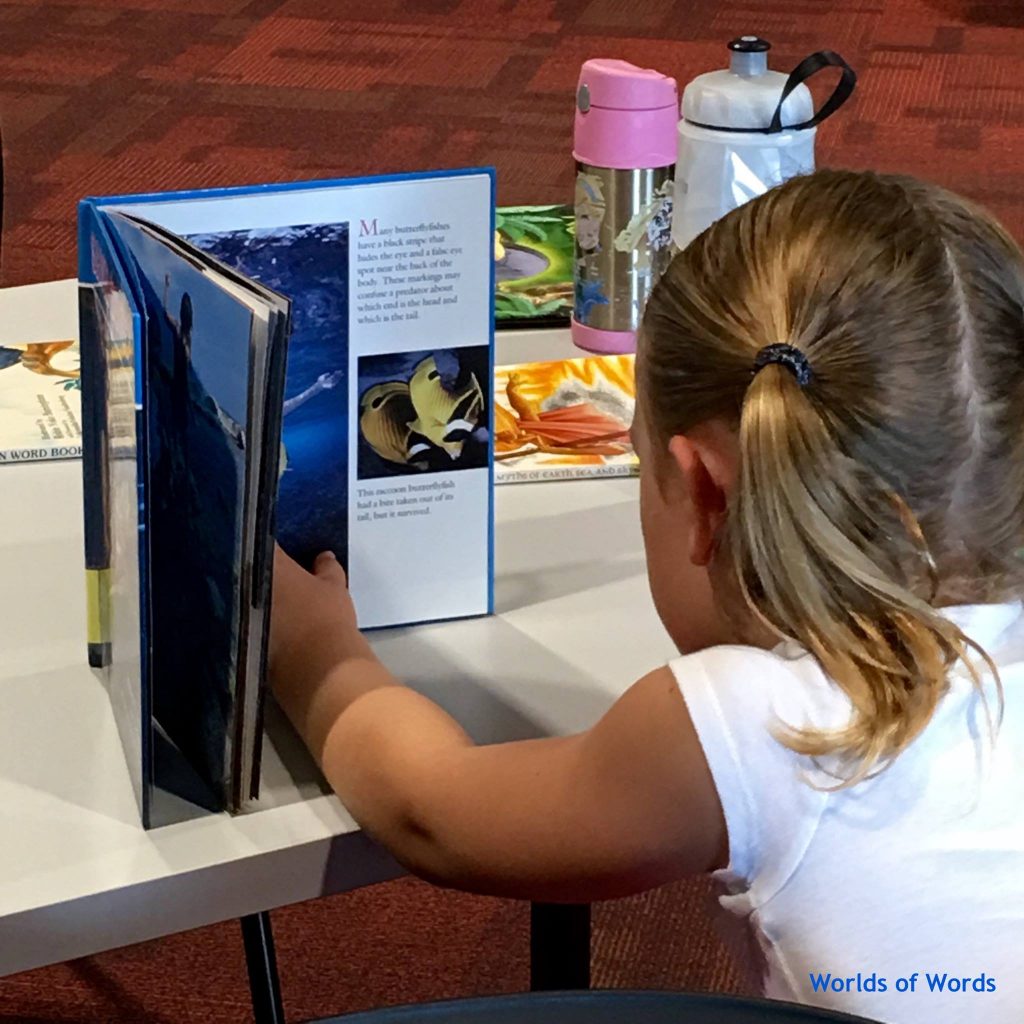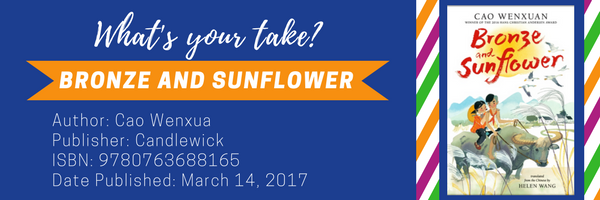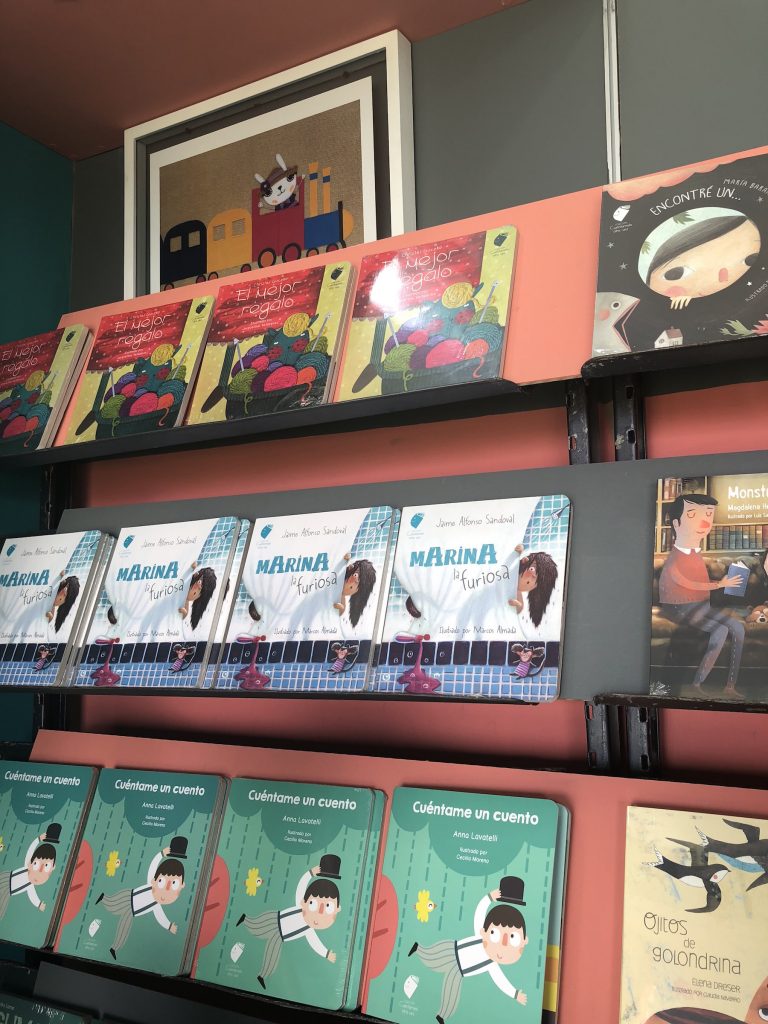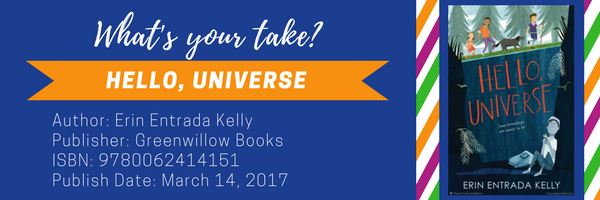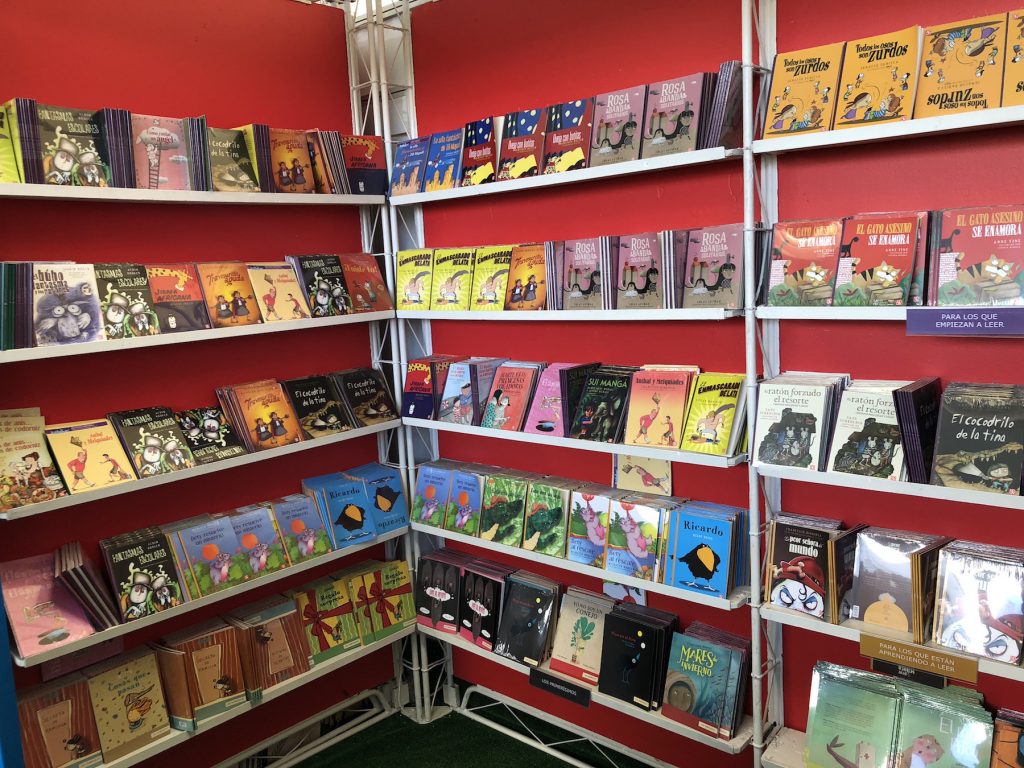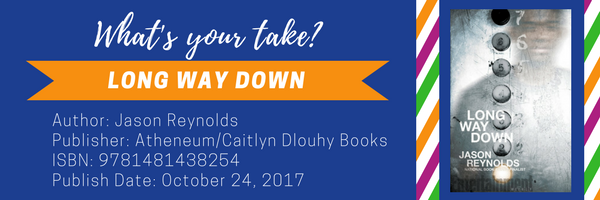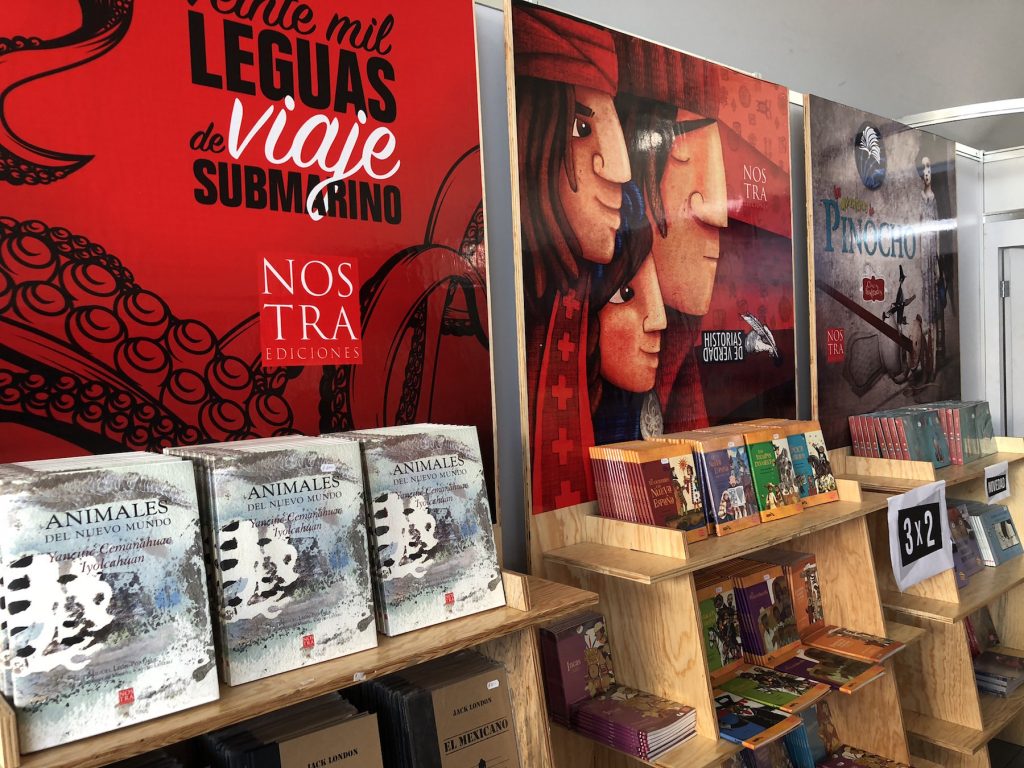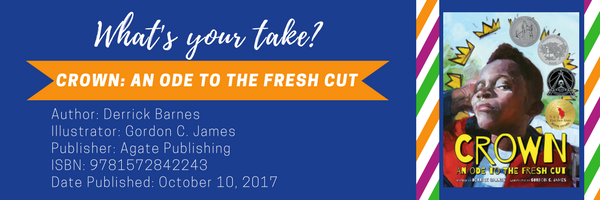Continuing our discussion about books that present situations of pain and bravery as young people learn to negotiate the difficulties of life, Holly and Marilyn consider The Hired Girl by Laura Amy Schlitz. Like Bronze and Sunflower, which we discussed last week, this book offers surprises and a bit of controversy. It is thought-provoking and worthy of our reading time.
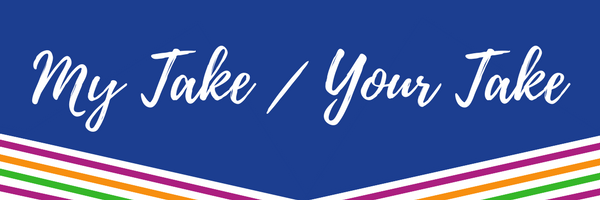

The Complexities of Text Complexity
By Kathy Short, Director of Worlds of Words
Debates about text complexity and “appropriate” books for students at each grade level are a major point of emphasis in U.S. schools due to the influence of the Common Core State Standards (CCSS). Even in states that did not adopt these standards, such as Arizona, similar state-developed standards are guiding policies and instructional practices. The belief that students will become more effective readers if they read difficult texts that continuously increase in complexity with each grade level lies at the heart of the standards. This belief has led to increasing reliance on labeling books according to their Lexile levels and on core reading lists of books for each grade level, restricting students to reading books at those levels. This series of blog posts challenges the assumptions that underlie the current emphasis on text complexity and provides suggestions for engaging students with books that reflect the lives of culturally diverse children/adolescents and the global society in which they live.

MTYT: Bronze and Sunflower
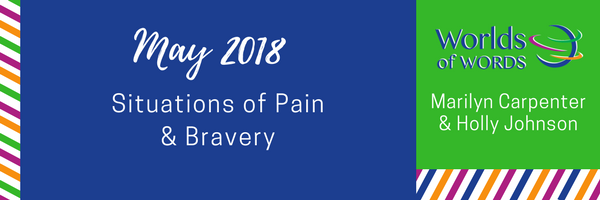
This month we discuss books that present situations of pain and bravery as young people learn to negotiate the difficulties of life while still quite young. As part of their negotiations, they learn about love and the lengths people will go through to keep loved ones safe. Each book offers surprises and perhaps a bit of controversy. Each is thought-provoking and worthy of our reading time. Our first book is Bronze and Sunflower by Cao Wenxuan and illustrated by Meilo So.

Explorando Libros: Publishing Houses in Mexico Transforming Children’s and Young Adult Literature–Editorial 3 Abejas
By Andrea García, Ph.D. Literacy Consultant, Pädi, Queretaro, Mexico
My writing for this week focuses on the work of Editorial 3 Abejas, an independent Mexican editorial house launched in 2013. Editorial 3 Abejas is dedicated to publishing children’s and young adult literature with special attention to bringing together imaginative stories with innovative graphic design and illustrations. Their catalog represents a carefully curated collection of books intended to bring together young and experienced readers in the sharing of meaningful stories.

WOW Recommends: Escape from Aleppo
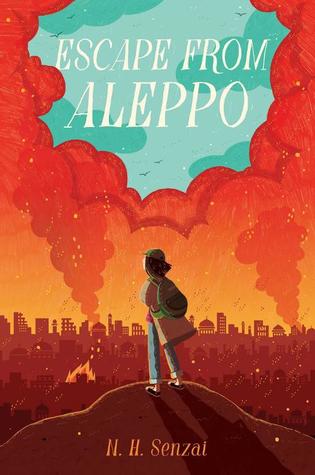 Escape from Aleppo by N.H. Senzai serves as a primer on the horrible war that has raged in Syria for 7 years. The novel seems right out of the headlines, but also gives the reader a background of the history of Syria and why its people cherish their country. The story is about 14-year-old Nadia who is separated from her family after their home and neighborhood is bombed. She knows that her family is trying to escape to Turkey, but she is not certain how to get there through the destroyed city. The family leaves messages that help her. Senzai fleshes out the story with flashbacks that fills in Nadia’s background and experiences. I marvel at the characterizations, especially the elderly, mysterious man, Ammo Mazen, who takes on the responsibility of guiding Nadia to find her family. Ammo makes stops as they travel through the city that are intriguing. In one place, he and Nadia encounter people trying to save and preserve artifacts from the city’s libraries and museums. Nadia’s character is also well-drawn. Her growing grit and courage make the reader root for her. In spite of the difficulties Nadia suffers, she helps other–even protecting and taking along on the journey an orphaned 8-year-old boy she finds abandoned. Continue reading
Escape from Aleppo by N.H. Senzai serves as a primer on the horrible war that has raged in Syria for 7 years. The novel seems right out of the headlines, but also gives the reader a background of the history of Syria and why its people cherish their country. The story is about 14-year-old Nadia who is separated from her family after their home and neighborhood is bombed. She knows that her family is trying to escape to Turkey, but she is not certain how to get there through the destroyed city. The family leaves messages that help her. Senzai fleshes out the story with flashbacks that fills in Nadia’s background and experiences. I marvel at the characterizations, especially the elderly, mysterious man, Ammo Mazen, who takes on the responsibility of guiding Nadia to find her family. Ammo makes stops as they travel through the city that are intriguing. In one place, he and Nadia encounter people trying to save and preserve artifacts from the city’s libraries and museums. Nadia’s character is also well-drawn. Her growing grit and courage make the reader root for her. In spite of the difficulties Nadia suffers, she helps other–even protecting and taking along on the journey an orphaned 8-year-old boy she finds abandoned. Continue reading

MTYT: Hello, Universe
This week Mary Fahrenbruck and Tracy Smiles share their take on Hello, Universe winner of the 2018 Newbery Medal. Written by Erin Entrada Kelly, this story twists and turns around the lives of four middle schoolers who have just begun their summer break.

Explorando Libros: Publishing Houses in Mexico Transforming Children’s and Young Adult’s Literature–Fondo de Cultura Económica
By Andrea García, Ph.D. Literacy Consultant, Pädi, Queretaro, Mexico
This week, I will focus on one of the oldest and most important editorial houses in Mexico, and across Latin America, the Fondo de Cultura Económica, FCE or “el Fondo,” as it is usually referred to. FCE is a nonprofit organization that is partially funded by the Mexican government.

MTYT: Long Way Down
This month’s My Take/Your Take discussions focus on the 2018 American Library Association (ALA) award winners. Mary Fahrenbruck and Tracy Smiles continue with a discussion of the multi-awarding winning novel, Long Way Down by Jason Reynolds. The novel, written in free verse poetry won the Newbery Honor Book Award, the Printz Honor Book Award, the Coretta Scott King Honor Award and numerous other awards from organizations other than ALA.

Explorando Libros: Publishing Houses in Mexico Transforming Children’s and Young Adult’s Literature – Nostra Ediciones
By Andrea García, Ph.D. Literacy Consultant, Pädi, Queretaro, Mexico
This week, we take a closer look at the work of Nostra Ediciones, an independent Mexican publishing company founded in 2000. Nostra identifies its mission as publishing books with an emphasis on promoting high-quality literary works with innovative visual layouts that generate “curiosity and enthusiasm in all readers, regardless of their age and whether they are novice or experienced readers.” Their main line of publication is geared towards children’s and young adult literature, but they also have books geared for the public in general.

MTYT: Crown
Continuing our look at award winning-books, this week Mary Fahrenbruck and Tracy Smiles share their take on Crown: An Ode to the Fresh Cut, awarded a John Newbery Honor, a Caldecott honor and Corretta Scott-King Honor in 2018. The story by Derrick Barnes and illustrations by Gordon C. James presents readers with, as the Huffington Post said when naming it among 2017’s best picturebooks, “a celebration of self-esteem and a thoughtful nod to the importance of stepping into the world with a touch of swagger.”

